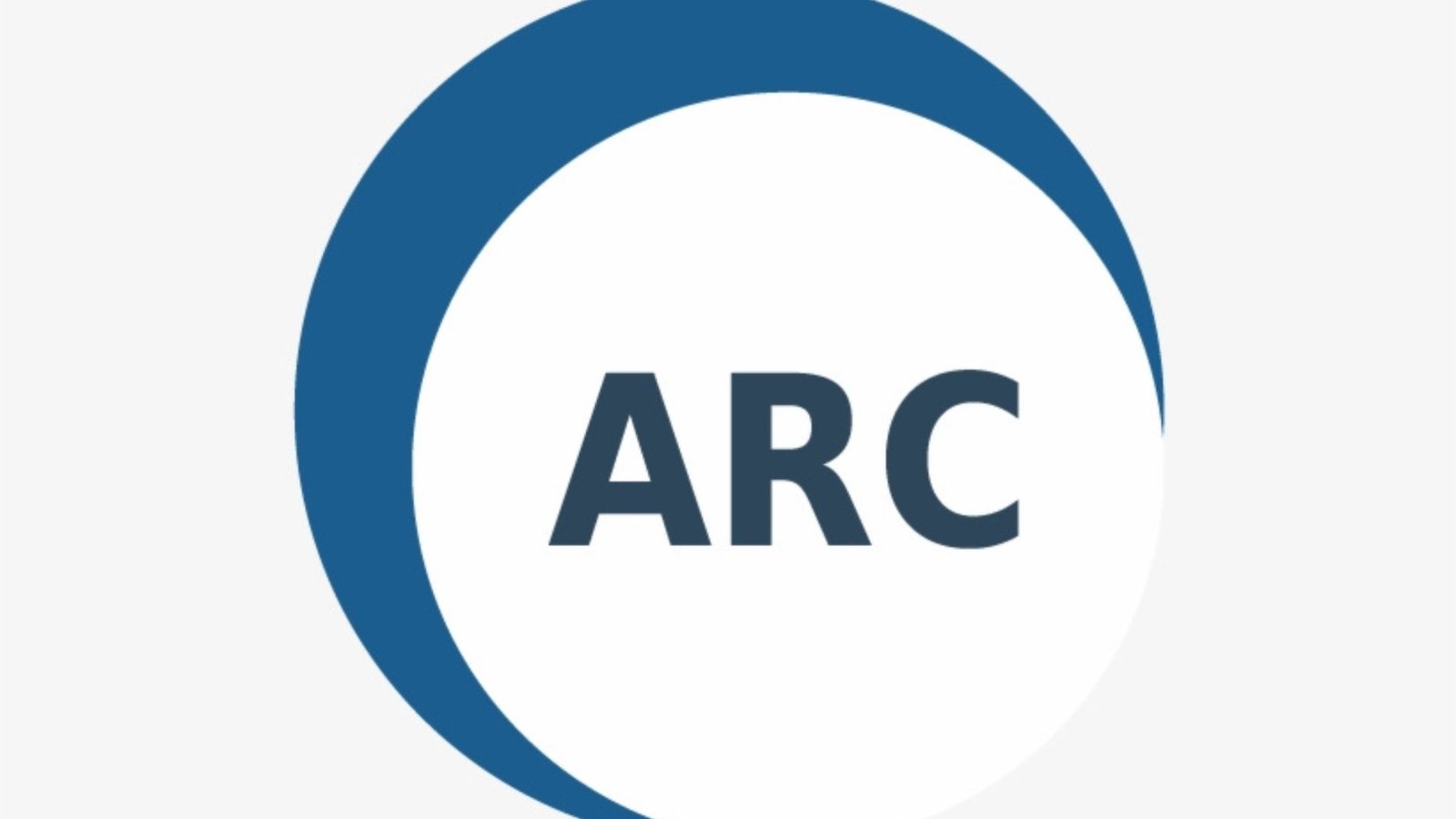Creating a website that generates a steady stream of income is an exciting venture that combines creativity, technical skills, and business acumen. Whether you’re looking to monetize a blog, start an online store, or offer services, having your own website can provide financial opportunities. Here’s a step-by-step guide to help you develop a website that earns you money every month.
Step 1: Define Your Niche and Audience
Identify Your Passion and Expertise
Before you start building your website, take the time to define your niche. Consider what you are passionate about, your skills, and what problems you can solve for others. Your niche could be anything from photography, cooking, travel, fitness, finance, or digital marketing.
Research Your Audience
Understanding your target audience is crucial. Conduct research to identify their needs, preferences, and pain points. Knowing your audience will help you tailor your content and services to attract and retain visitors.
Step 2: Choose a Business Model
Decide How You Want to Earn Money
There are several ways to monetize your website. Some popular options include:
- Affiliate Marketing: Promote products or services and earn a commission for every sale made through your referral link.
- Sponsored Content: Partner with brands to create content featuring their products or services for a fee.
- Selling Products or Services: Launch an e-commerce store to sell physical or digital products, or offer services like consulting or freelance work.
- Memberships or Subscriptions: Create premium content that users can access through a monthly subscription fee.
- Advertising: Use platforms like Google AdSense to display ads on your site and earn money based on clicks or impressions.
Step 3: Register a Domain Name and Choose a Hosting Service
Selecting a Domain Name
Your domain name is your website’s address on the internet. Choose a name that reflects your brand, is easy to remember, and is relevant to your niche.
Choose a Reliable Hosting Service
A hosting service is essential for getting your website online. Look for a reputable hosting provider that offers good performance, security, and customer support. Some popular options include Bluehost, SiteGround, and HostGator.
Step 4: Build Your Website
Choose a Website Builder or CMS
Design Your Website
- Select a Theme: Choose a theme that aligns with your brand and provides a user-friendly experience. Customize the layout, colors, and fonts to make it visually appealing.
- Create Essential Pages: At a minimum, your website should have the following pages:
- Home: A brief introduction to your site and what visitors can expect.
- About: Share your story, mission, and what sets you apart.
- Blog/Content: If you’re providing articles, guides, or tutorials, create a dedicated section for them.
- Contact: Include a contact form or email address for inquiries.
- Privacy Policy: Outline how you collect and use visitor data, which is important for compliance with regulations.
Step 5: Create Valuable Content
Focus on Quality Over Quantity
Content is the backbone of your website. Create high-quality, informative, and engaging content that resonates with your audience. Whether it’s blog posts, videos, or product descriptions, ensure that it provides value and encourages users to return.
Implement SEO Best Practices
Optimize your content for search engines to improve visibility and attract organic traffic. Use relevant keywords, create meta descriptions, and ensure your site is mobile-friendly. Consider using tools like Yoast SEO (for WordPress) to help with optimization.
Step 6: Promote Your Website
Utilize Social Media
Leverage social media platforms to promote your website and engage with your audience. Share your content, interact with followers, and join relevant groups or communities.
Email Marketing
Build an email list by offering a free resource, such as an e-book or newsletter, in exchange for visitors’ email addresses. Use email marketing to keep your audience informed about new content, products, or promotions.
Collaborate and Network
Reach out to other bloggers or website owners in your niche for guest posting opportunities, collaborations, or joint ventures. Networking can help expand your reach and bring new visitors to your site.
Step 7: Monitor Performance and Make Adjustments
Track Your Website’s Analytics
Use tools like Google Analytics to monitor your website’s performance. Track metrics such as traffic sources, bounce rates, and user engagement. This data will help you understand what’s working and where improvements are needed.
Continuously Improve
Regularly update your content, optimize for SEO, and experiment with different monetization strategies. Stay informed about industry trends and adapt your approach accordingly.
Step 8: Scale Your Income
Diversify Your Revenue Streams
Once your website is established and generating income, consider diversifying your revenue streams. This could involve adding new products, exploring different affiliate programs, or creating online courses or memberships.
Invest in Marketing
As your website grows, invest in marketing strategies like paid advertising (Google Ads, Facebook Ads) to reach a larger audience and boost sales.
Conclusion
Developing a website that earns monthly income is a rewarding endeavor that requires dedication, creativity, and strategic planning. By defining your niche, building a user-friendly site, creating valuable content, and promoting your brand, you can create a sustainable income stream that aligns with your passions. Remember that success may take time, so stay patient, be persistent, and keep refining your approach as you learn and grow.
4o mini





















